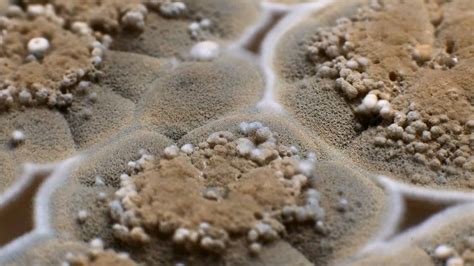Preventing and Addressing Mold Growth
Mold Growth FAQ
What is the science of mould growth?
Understanding the science of mould growth is essential for effectively preventing and controlling its spread. mould is a type of fungi that grows in multicellular strands called hyphae and reproduces through small spores.
How does Mold grow in a building?
Mold growth in buildings generally occurs as fungi colonize porous building materials, such as wood. Many building products commonly incorporate paper, wood products, or solid wood members, such as paper-covered drywall, wood cabinets, and insulation.
How does mould grow?
The growth of mould follows specific patterns that have been studied extensively. Different types of mould may exhibit varying growth patterns, depending on factors such as moisture levels, surface porosity, and temperature. Understanding these patterns can help identify areas prone to mould growth.
How does Mold grow?
It grows when these spores land on surfaces that are damp and rich in organic material, like cellulose, which they use as a food source. While you may not think of carpets, drywall, wallpaper and building materials as food, all of these contain enough organic matter to make mold very happy.
Where does Mold grow?
Mold will grow in places with a lot of moisture, such as around leaks in roofs, windows, or pipes, or where there has been flooding. Mold grows well on paper products, cardboard, ceiling tiles, and wood products. Mold can also grow in dust, paints, wallpaper, insulation, drywall, carpet, fabric, and upholstery.
What temperature can Mold grow?
Few molds can begin growing at temperatures of 4 °C (39 °F) or below, so food is typically refrigerated at this temperature. When conditions do not enable growth to take place, molds may remain alive in a dormant state depending on the species, within a large range of temperatures.
Mold Growth References
If you want to know more about Mold Growth, consider exploring links below:
What Is Mold Growth
- https://www.theguardian.com/lifeandstyle/2023/feb/27/mouldy-britain-a-foolproof-guide-to-rescuing-your-home-from-damp
- https://www.homebuilding.co.uk/advice/mould-in-house
- https://mouldremovallondon.co.uk/science-of-mould-growth/
Mold Growth Information
- https://www.nhs.uk/common-health-questions/lifestyle/can-damp-and-mould-affect-my-health/
- https://www.gov.uk/government/publications/damp-and-mould-understanding-and-addressing-the-health-risks-for-rented-housing-providers/understanding-and-addressing-the-health-risks-of-damp-and-mould-in-the-home--2
- https://www.cdc.gov/mold/faqs.htm
- https://www.niehs.nih.gov/sites/default/files/health/materials/mold_508.pdf
- https://en.wikipedia.org/wiki/Mold
- https://www.bbc.co.uk/news/uk-63642856
- https://cramer-environmental.com/blog/the-science-behind-mold-understanding-the-causes-types-and-prevention-strategies/
Explore Related Topics
Floods & Mold: The Silent Asthma Aggravators?
Analyzing how post-flood conditions, particularly mold growth, can silently worsen asthma conditions and how to address it.
